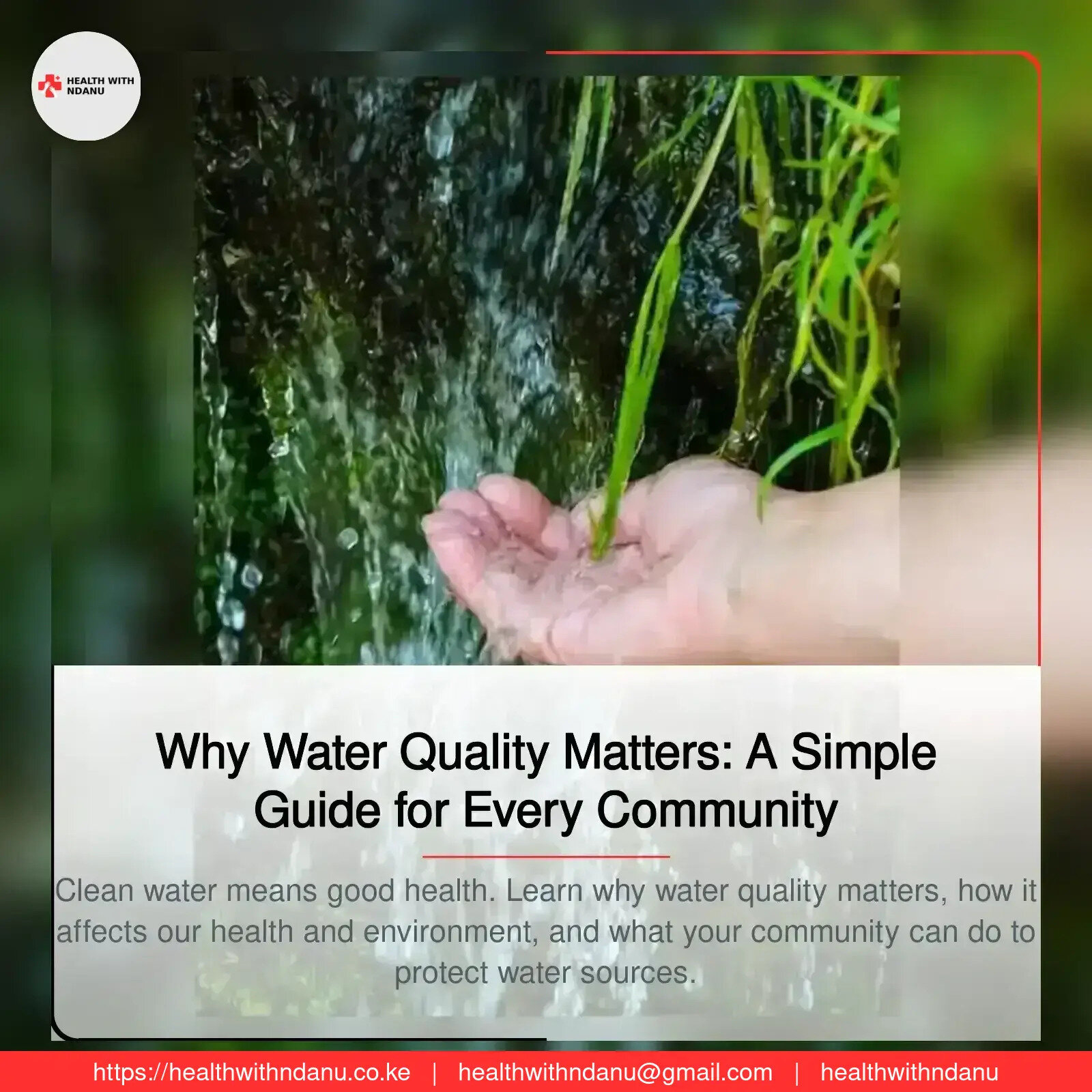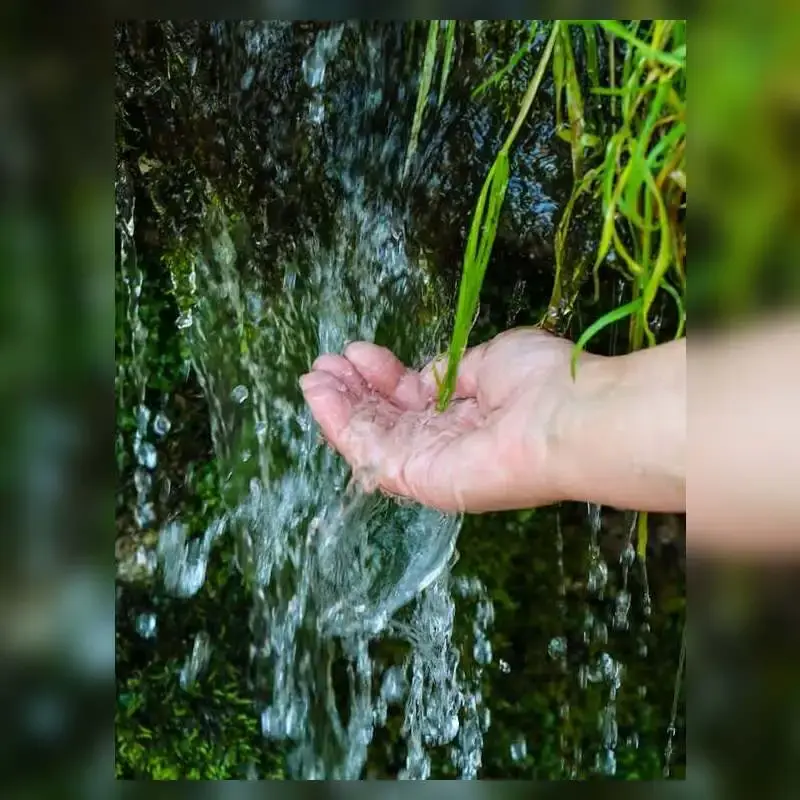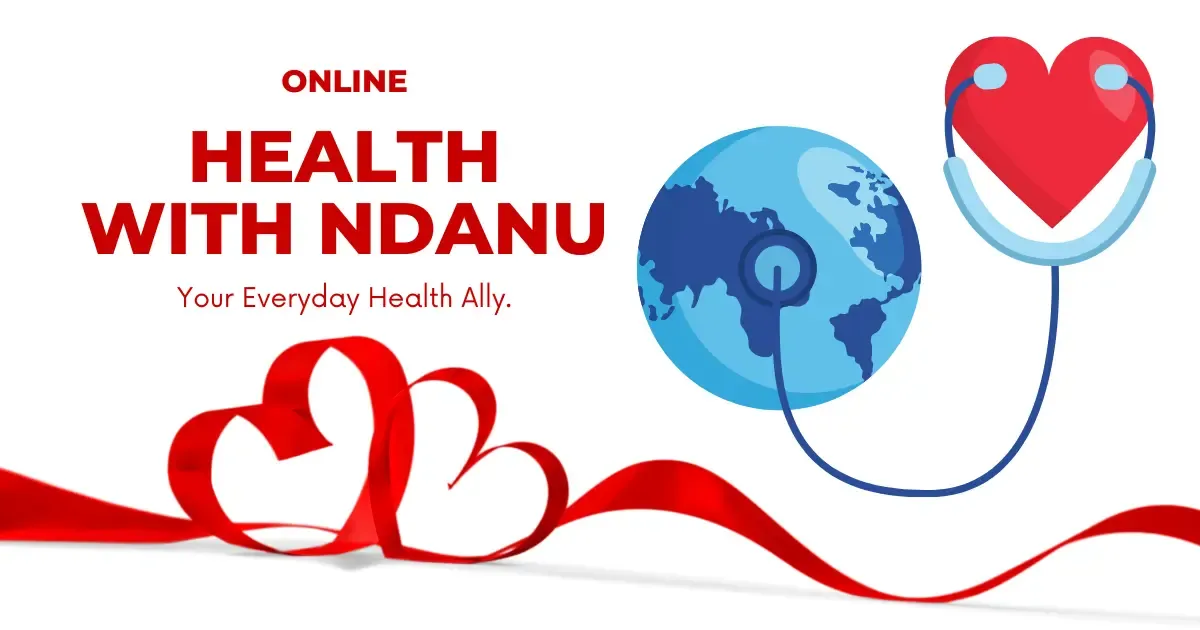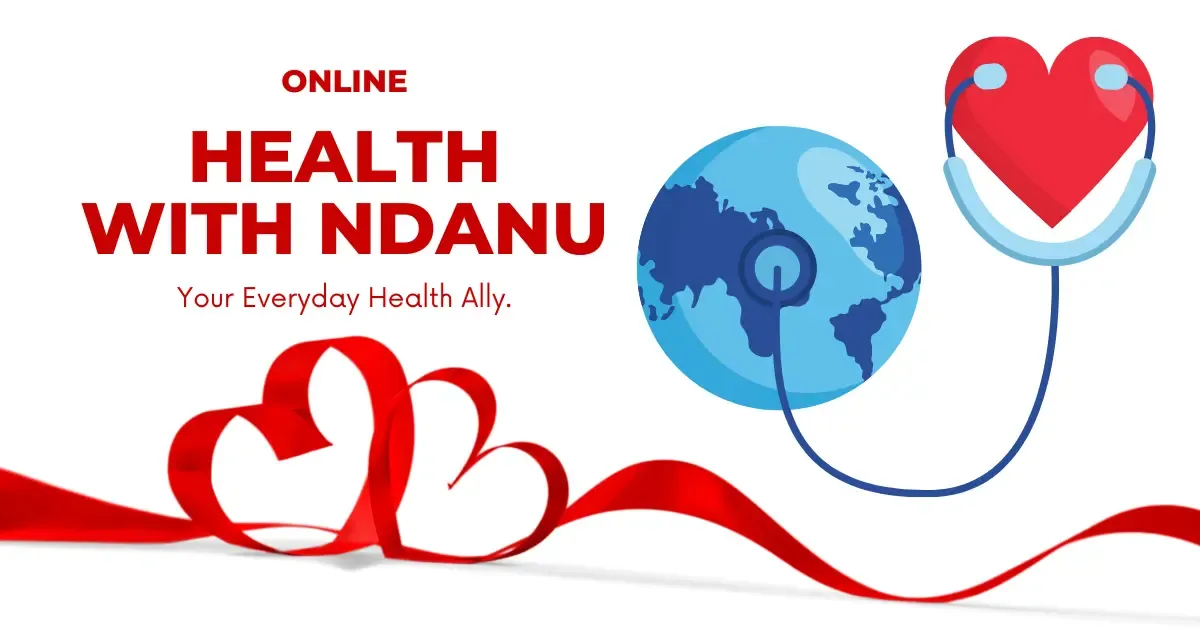Why Water Quality Matters: A Simple Guide for Every Community
- by Diana Ndanu
- 16 April, 2025
- 0 Comments
- 17 Mins



Let’s Talk About Water: Why Clean Water Is Life
Water is life. That’s not just a catchy phrase you hear during campaigns or health talks—it’s a reality that touches every part of our daily existence. Think about it. You drink water to stay alive. You cook with it, wash your food, bathe, do laundry, clean your house, and even water your plants. Every living thing—humans, animals, and crops—depends on water to survive and thrive.
But here’s the thing many people overlook: not all water is safe.
When we say “clean water,” we mean water that is free from harmful germs, chemicals, or pollutants. Water that looks clear can still be unsafe. That’s why it’s important to understand water quality, not just by how it looks or tastes, but by what’s in it.
Clean water supports good health, prevents diseases, and keeps our bodies strong and hydrated. On the flip side, dirty water—whether from rivers, wells, taps, or tanks—can lead to serious health problems like cholera, diarrhea, typhoid, and even long-term issues like organ damage from chemical exposure.
In communities where access to clean water is a challenge, the impact can be devastating. Children miss school due to waterborne illnesses. Women and girls spend hours each day walking long distances to fetch water—time that could be spent in school or on income-generating activities. Hospitals fill up with cases that could have been prevented with one simple solution: access to safe water.
But water isn’t just about health—it’s about dignity, development, and environmental balance.
- Dignity: Every person has the right to use clean water without fear of falling sick.
- Development: A community with clean water grows economically because people are healthier and more productive.
- Environmental balance: Clean rivers, lakes, and boreholes support fish, wildlife, and agriculture.
Unfortunately, many communities are still dealing with the effects of water pollution, climate change, and poor sanitation, which all affect water quality.
So, when we say "Clean Water Is Life," it’s not an exaggeration. It means life without disease, life with dignity, and life with opportunity.
The good news? It’s possible to protect our water. It starts with awareness—knowing the value of water, understanding how it gets polluted, and taking steps—individually and as communities—to protect it. Whether it's teaching children to drink treated water, organizing a community clean-up, or pressuring local leaders to improve water systems, every action counts.
Let’s start the conversation. Let’s protect our water. Because clean water isn't just part of life—it is life.
What Is Water Quality, Anyway?
When we talk about water quality, we’re not just talking about whether water looks clean or smells fresh. We’re talking about something deeper—how safe and healthy water is for human use and for the environment.
Water quality refers to the chemical, physical, and biological characteristics of water. In simpler terms, it’s everything that makes water good—or bad—for drinking, cooking, farming, bathing, and even supporting aquatic life like fish and plants.
You might think, “If it looks clear, it must be clean,” right? Not necessarily.
Some of the most dangerous contaminants are invisible. You can't see bacteria that cause diarrhea. You can't smell toxic metals like lead or mercury. And you definitely can’t taste tiny plastic particles or nitrates from fertilizers. That’s why water quality testing is so important—it helps us know what’s really in our water.
Key Factors That Define Water Quality
Here are the main things scientists and health workers look at when checking water quality:
1. Microbiological Content:
- This includes harmful microorganisms like bacteria, viruses, and parasites.
- If water contains germs like E. coli, cholera, or giardia, it can cause serious illnesses, especially in children.
2. Chemical Composition:
- Chemicals can enter water through agricultural runoff, industrial waste, or even natural deposits.
- Harmful chemicals include arsenic, fluoride, pesticides, nitrates, and heavy metals like lead and mercury.
3. Physical Characteristics:
- These include color, taste, smell, and clarity.
- For example, murky or muddy water may contain too much soil or waste, while a bad smell might mean there’s decay or sewage contamination.
4. pH Level:
- This tells us how acidic or alkaline the water is. Clean water should have a balanced pH, usually between 6.5 and 8.5.
- Water that’s too acidic or too alkaline can corrode pipes, harm skin, or damage crops.
5. Dissolved Oxygen and Nutrients:
- Good water for rivers and lakes needs oxygen to support fish and plant life.
- Too many nutrients (like nitrogen and phosphorus from fertilizers) can cause algal blooms, which reduce oxygen and kill aquatic life.
Why Is Water Quality So Important?
- For health: Unsafe water can cause waterborne diseases that spread rapidly in communities and schools.
- For agriculture: Poor quality water can ruin crops or leave chemical residues on food.
- For the economy: Clean water is essential for industries, tourism, and jobs.
- For the environment: Healthy ecosystems depend on clean rivers, lakes, and groundwater.
Sources of Water We Should Monitor for Quality:
- Rainwater harvesting tanks
- Boreholes and wells
- Streams and rivers
- Community taps or piped water
- Water trucks and tanks during drought
- Even bottled water or sachets should be checked for proper certifications
Bottom line?
Water quality is not just about how water looks—it’s about how safe it is. Whether you live in a city or a village, understanding what’s in your water and how it gets contaminated is the first step to protecting your health and your community.
Why Water Quality Matters for Environmental Health
We often hear that clean water is essential for our health—but did you know that water quality is just as important for the health of our environment? In fact, water is at the heart of environmental balance. When water is clean, the entire ecosystem—plants, animals, and even the air we breathe—benefits. But when water is polluted, everything suffers.
Let’s break it down.
1. Healthy Water = Healthy Ecosystems
Rivers, lakes, wetlands, and oceans are home to countless living things—from tiny insects to big fish, birds, and even hippos. These ecosystems rely on water that is free from harmful chemicals, plastics, or pathogens. When the water is clean:
- Fish can breathe and reproduce.
- Aquatic plants grow and provide food.
- Animals that rely on these water bodies survive.
- Birds, insects, and other wildlife stay in balance.
But when water is polluted—say with sewage, industrial waste, or farm chemicals—it destroys the delicate balance. Fish die. Algae overgrow. Wetlands shrink. The chain of life starts to fall apart.
2. Water Pollution Affects Soil and Agriculture
Farmers need water to grow crops. But if that water is contaminated with industrial chemicals or wastewater, it ends up in the soil—and eventually on your plate. This kind of pollution:
- Damages soil quality.
- Kills beneficial microorganisms in the soil.
- Leads to poor harvests or unsafe food.
- Long-term exposure to contaminated water in farming can also reduce the fertility of land, making it harder to grow crops.
3. Contaminated Water Harms Livestock and Wildlife
Animals drink water from rivers, ponds, and other natural sources. If those sources are polluted, animals get sick—just like humans. Cows, goats, and sheep can die from drinking dirty water, affecting food supply and livelihoods. Wildlife like birds and monkeys are also at risk when their water sources are compromised.
4. Pollution Travels – It Doesn’t Stay in One Place
Water doesn’t stay still. It flows—from rivers to lakes to oceans. So, if one village or town pollutes a river, that pollution can affect communities downstream, even kilometers away. The damage spreads, impacting entire regions, including places that didn’t cause the pollution.
5. Climate Change Makes It Worse
As climate change brings unpredictable rains and prolonged droughts, water sources become more fragile. Drought reduces the amount of available clean water. Heavy rains can wash pollutants into rivers and lakes. Climate change also raises water temperatures, affecting fish and aquatic life. Protecting water quality is now more important than ever to protect our environment against these changes.
6. Clean Water Supports Sustainable Development
Clean water isn’t just about nature—it’s about the future. Good water quality supports:
- Tourism: No one wants to visit a dirty beach or river.
- Fishing: Clean rivers and lakes support thriving fish populations and food security.
- Green jobs: Clean water leads to eco-tourism, sustainable farming, and conservation work.
- Community growth: When people have access to safe water, they build better lives and invest in their surroundings.
So, Why Should We Care?
Because what we do to our water, we do to ourselves. If we dump waste, plastic, and chemicals into our rivers, we’re not just harming fish or plants—we’re poisoning the very thing that gives us life. Clean water means a clean environment, and a clean environment means better health, stronger economies, and a better future for our children.
It’s time we all saw water as more than just something to drink. It’s our connection to the earth, and protecting it protects everything else.
Common Causes of Poor Water Quality in Communities
Many people assume water becomes dirty only when it looks muddy or has a bad smell—but in reality, most water pollution starts silently. Contamination can happen in small ways every day, eventually building up to a serious public health risk. Let’s explore some of the most common causes of poor water quality in our communities—and why it’s so important to recognize and prevent them.
1. Poor Sanitation and Open Defecation
In many rural and informal settlements, access to proper toilets and sewage systems is limited. As a result, people may defecate in the open, especially near water sources like rivers, streams, or bushes that lead to wells. Rainwater then washes human waste into these sources, introducing dangerous bacteria and parasites into the water.
Diseases like cholera, typhoid, and dysentery spread quickly this way—especially among children.
2. Improper Waste Disposal
When garbage—especially plastic, diapers, sanitary pads, and household waste—is dumped in rivers or near boreholes, it pollutes the water over time. These items don't just look ugly—they leak toxins into the water and create breeding grounds for flies and mosquitoes.
In urban areas, poor drainage systems and overflowing waste pits make things even worse during the rainy season.
3. Agricultural Runoff
Farming is essential for food, but if not done carefully, it can also harm water quality. When farmers use chemical fertilizers, pesticides, and herbicides, rain can wash these chemicals into nearby rivers, wells, or dams. This is called agricultural runoff.
These chemicals not only pollute drinking water but can also cause algae overgrowth, which kills fish and aquatic life.
4. Industrial and Factory Waste
Factories and industries sometimes discharge untreated wastewater directly into rivers and lakes, especially in places where environmental regulations are weak. This waste may contain heavy metals, oils, dyes, and toxic chemicals that are harmful to humans, animals, and the entire environment.
In some areas, this contamination can lead to long-term health issues like cancer or reproductive problems.
5. Unsafe Water Storage and Handling
Even if water starts off clean, it can become contaminated by the way it’s stored or handled. Common causes include:
- Using dirty jerrycans or storage tanks
- Leaving containers open or uncovered
- Dipping hands or dirty cups into clean water
- Storing drinking water near chemicals or latrines
- This cross-contamination introduces bacteria into otherwise safe water.
6. Contaminated Water Sources
Sometimes, the source itself is already contaminated. For example:
- Unprotected wells or boreholes that are too shallow or built near latrines
- Rivers that flow through polluted areas
- Springs shared with livestock
- These sources can carry germs, parasites, and toxic substances into the water used by the community.
7. Leaking or Broken Water Pipes
In urban areas, many people rely on piped water—but old or damaged water pipes can be a hidden danger. If a pipe leaks near a sewer line, sewage can mix with clean water. Sometimes, this water still reaches homes, carrying pathogens that cause diarrhea, stomach infections, and skin conditions.
8. Climate Change and Natural Disasters
Floods, droughts, and changing weather patterns also impact water quality. Floods can wash sewage and garbage into clean water sources, while droughts reduce water levels, concentrating any pollutants. Climate change also increases the spread of waterborne diseases, especially in already vulnerable communities.
What Can We Do About It?
Understanding the causes of water pollution is the first step. The next is action:
- Always use latrines and teach others to stop open defecation.
- Safely dispose of waste—never throw garbage into rivers or wells.
- Use organic or eco-friendly farming methods when possible.
- Avoid drawing drinking water from unprotected sources.
- Keep water containers clean, covered, and elevated off the ground.
- Report broken pipes or leaking water systems to local authorities.
Remember: Water is everyone’s responsibility. Every small action—whether it’s washing hands before handling water or teaching a child to use the toilet—makes a big difference in improving the quality of water in your home and your community
Health Problems Linked to Unsafe Water
We’ve all heard the phrase “water is life,” but when water is unsafe, it becomes a serious health hazard. Contaminated water can carry all kinds of invisible threats—germs, parasites, chemicals, and heavy metals—that lead to illnesses and long-term health problems.
Let’s dive into the real health dangers linked to poor water quality and why it's such a critical public health issue in many Kenyan communities and beyond.
1. Diarrheal Diseases (The Silent Killer)
This is the most common and deadly consequence of unsafe water—especially for children under five. Dirty water often contains bacteria, viruses, and parasites like:
- E. coli
- Rotavirus
- Giardia
- Shigella
These microorganisms cause watery diarrhea, stomach cramps, nausea, and dehydration. In severe cases, especially when left untreated, diarrhea can lead to death.
According to the WHO, over 500,000 people die globally every year from diarrhea caused by unsafe water—and most of them are children.
2. Cholera and Typhoid
These are serious waterborne bacterial infections that spread quickly in areas where sanitation is poor and water is untreated.
- Cholera causes sudden, severe diarrhea and dehydration.
- Typhoid leads to prolonged fever, weakness, and abdominal pain.
Both diseases can be deadly without quick medical care, and outbreaks often happen during the rainy season or after floods when water sources are mixed with sewage.
3. Parasitic Infections (Worms and Protozoa)
Drinking or bathing in contaminated water can expose you to intestinal worms and parasites, such as:
- Schistosomiasis (bilharzia) – caused by parasites in freshwater.
- Hookworms – picked up through bare feet in contaminated water or soil.
- Amoebiasis – leads to bloody diarrhea and stomach ulcers.
These parasites damage internal organs, steal nutrients, and leave children malnourished and tired.
4. Skin Infections and Eye Diseases
Washing in dirty water—especially standing or stagnant water—can lead to:
- Rashes, boils, and fungal infections
- Eye infections like trachoma, which can cause blindness
- Scabies and ringworms in children
- Many of these infections are easily prevented with access to clean water for bathing and hygiene.
5. Fluorosis and Arsenicosis (Chemical Contamination)
In some parts of Kenya, especially in rift valley regions, groundwater contains excess fluoride. Long-term consumption of such water causes:
- Dental fluorosis (brown staining of teeth)
- Skeletal fluorosis (joint stiffness and bone deformities)
In other regions, unsafe boreholes may contain arsenic, a poisonous metal linked to cancer, nerve damage, and skin problems.
These problems are slow and silent, developing over years without obvious symptoms.
6. Hepatitis A and E
These viral infections spread through water contaminated with human waste. They affect the liver, causing:
- Fever
- Yellowing of the skin (jaundice)
- Nausea and fatigue
Hepatitis E is particularly dangerous for pregnant women, and both types can become life-threatening if untreated.
7. Malnutrition and Stunted Growth in Children
You might wonder—what does water have to do with nutrition?
A lot, actually.
- Repeated diarrhea and worm infections reduce the body’s ability to absorb nutrients.
- This leads to malnutrition, wasting, and stunted growth in young children.
- Even with enough food, dirty water can stop a child from growing properly.
8. Reproductive Health Risks
Unsafe water and poor sanitation during menstruation, childbirth, or postpartum recovery expose women and girls to:
- Urinary tract infections (UTIs)
- Bacterial vaginosis
- Wound infections after childbirth
These issues are rarely talked about, but they deeply affect the dignity and health of women, especially in rural or low-income settings.
The Cycle of Poverty and Illness
When families are constantly sick from waterborne diseases:
- Children miss school.
- Adults lose work days.
- Money is spent on medicine instead of food, rent, or education.
- This creates a vicious cycle of poverty, poor health, and low productivity.
So, What Can We Do?
Preventing water-related health problems doesn’t always require fancy solutions. Sometimes, simple actions like:
- Boiling or treating water
- Using latrines
- Washing hands with soap
- Protecting wells and springs from animals and waste
- Keeping drinking water containers clean and covered
Bottom line?
Unsafe water doesn’t just make you sick—it steals health, future opportunities, and peace of mind. But when we protect and improve our water sources, the benefits ripple through the whole community
How to Protect Water Quality in Your Community
The good news? We can protect our water. Whether you live in a village, town, or city, here’s what your community can do:
1. Keep Water Sources Clean
- Protect springs, wells, and rivers from contamination.
- Fence off water sources from animals and waste.
- Avoid bathing or washing clothes near water collection points.
2. Improve Sanitation
- Build and use proper toilets or latrines.
- Avoid open defecation near water bodies.
- Ensure sewage is managed properly.
3. Proper Waste Disposal
- Do not throw trash or chemicals in rivers or drains.
- Start community clean-up drives to remove waste near water sources.
- Encourage recycling and reuse.
4. Water Treatment
- Use safe methods to treat water before drinking: boiling, chlorination, or filtration.
- Store clean water in covered containers to prevent contamination.
5. Community Education
- Talk to your neighbors, schools, and churches about clean water habits.
- Teach children to value water and protect the environment.
- Support local health workers and environmental officers.
Government’s Role in Water Quality Management
While community action is vital, the government also plays a key role in ensuring clean water:
- Enforcing environmental protection laws
- Monitoring industrial waste discharge
- Building and maintaining safe water infrastructure
- Providing public health education
- Supporting Community Health Promoters (CHPs) to spread awareness
- If your local leaders are not taking action, speak up! Clean water is a right, not a luxury.
The Link Between Climate Change and Water Quality
Here’s something many people don’t know: climate change is making water problems worse.
- Floods wash waste and sewage into clean water sources.
- Droughts reduce water levels and concentrate pollutants.
- Extreme weather damages water infrastructure.
- This means that protecting water quality is also part of climate action.
What You Can Do Today
Start small. Here’s a quick list of things you can do right now to make a difference:
- Always boil or treat drinking water
- Never dump oil, soap, or waste into water drains
- Organize a community water-cleaning day
- Talk to a health worker or environmental officer about water issues in your area
- Share this article with someone else!
Final Thoughts: Clean Water is Everyone’s Responsibility
Water quality isn’t just a health topic—it’s a community survival issue. We can’t have healthy families, strong children, or a thriving environment without clean water.
Let’s stop taking it for granted. Together, we can protect our water sources and ensure that every child, every mother, every farmer, and every animal has access to the clean, safe water they deserve.
Because when we protect our water, we protect our future.
Got Your Own Experience? Share with us
Popular Categories
Mablogu Zinazobambwa Sana
Daily Newsletter
Get all the top stories from Blogs to keep track.



